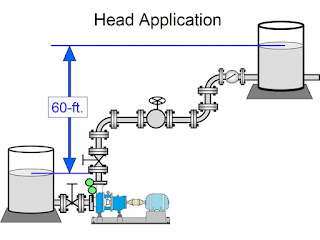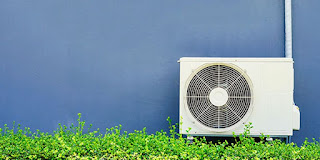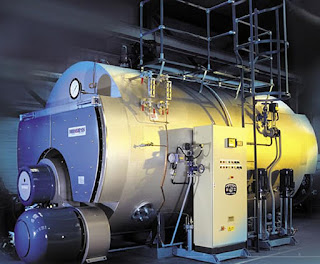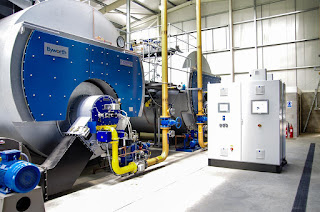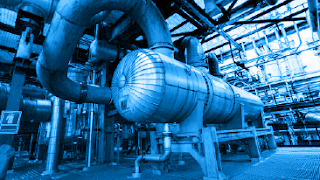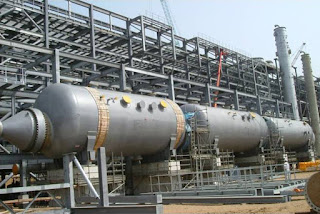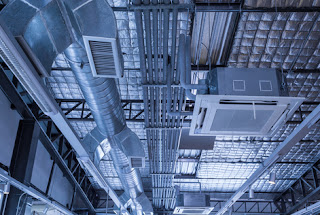An air compressor is a device that converts force into energy stored in compressed air. This device is widely used in home and industrial applications. To buy an air compressor, you need a complete guide about this device. It is also better to be familiar with the types of air compressors. So we suggest you read this article to the end.
An air compressor is a pneumatic device that converts power (using an electric motor, diesel or gasoline engine, etc.) into potential energy stored in pressurized air (i.e., compressed air). By one of several methods, an air compressor forces more and more air into a storage tank, increasing the pressure. When the tank's pressure reaches its engineered upper limit, the air compressor shuts off. The compressed air, then, is held in the tank until called into use.[1] The energy contained in the compressed air can be used for a variety of applications, utilizing the kinetic energy of the air as it is released and the tank depressurizes. When tank pressure reaches its lower limit, the air compressor turns on again and re-pressurizes the tank. An air compressor must be differentiated from a pump because it works for any gas/air, while pumps work on a liquid.

Applying best energy management practices and purchasing energy-efficient equipment can lead to significant savings in compressed air systems. Use the software tools, training, and publications listed below to improve performance and save energy. more information in this link

Air Compressors Types
Air compressors are divided into two general categories, Positive Displacement and Dynamics, and we will examine each separately.
Positive Displacement:
For the case of positive displacement air compressors, the air is forced into a variable volume chamber, in which it undergoes an increase of pressure due to decreasing the volume of the chamber. This process is what we call “air compression”.
Upon reaching to some maximum pressure, the compressed air is ready to be discharged into the air compressor’s outlet. At this point, a valve opens to guide the compressed air out of the chamber.

Lobe Type Air Compressors
Lobe compressors are one of the types of air compressors which incorporate two intermeshing rotors rotated by two parallel shafts. Each of the two rotors will most likely have two lobes; nonetheless, tri-lobe rotor designs are also available. Read more
References:
https://www.linquip.com/blog/types-of-air-compressors/
https://www.energy.gov/eere/amo/compressed-air-systems






